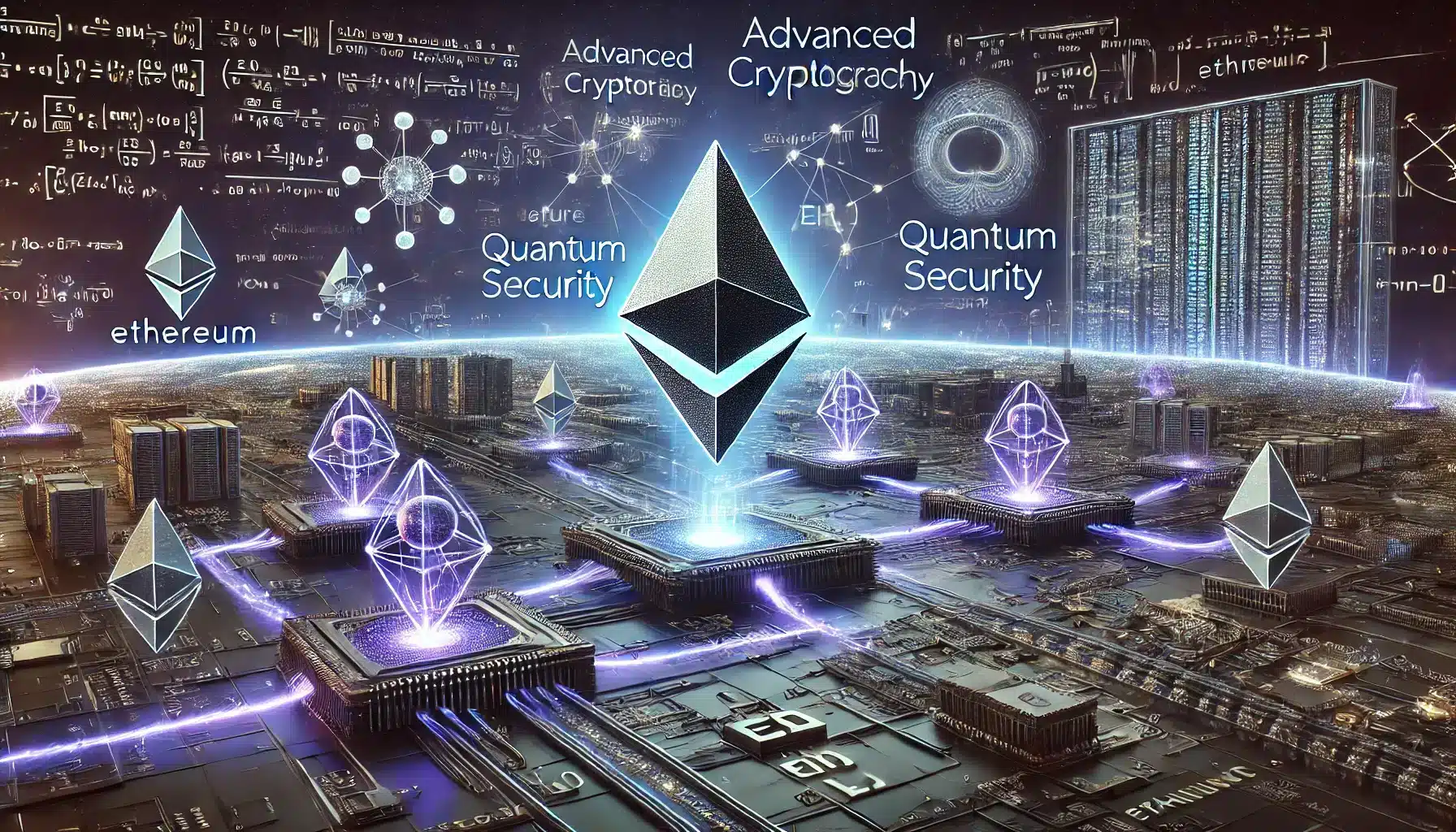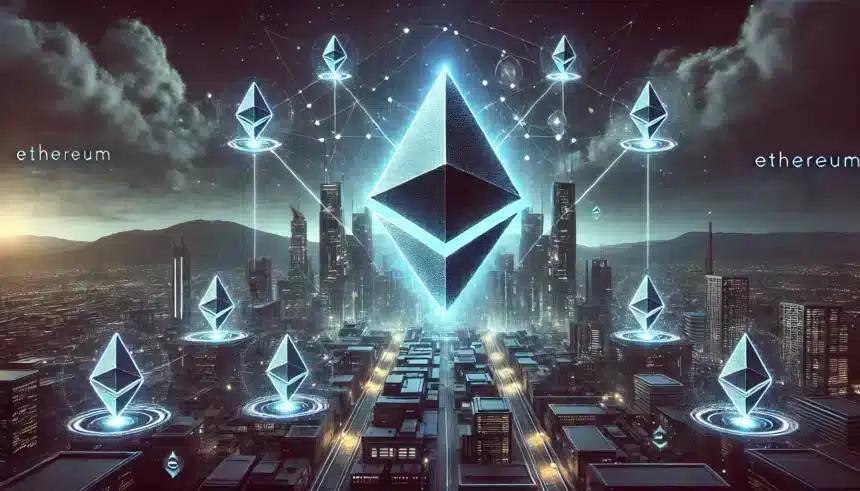Ethereum co-founder Vitalik Buterin disclosed a plan called “The Splurge,” a critical milestone in Ethereum’s roadmap; basically, fix everything else left that needs fixing within the blockchain’s ecosystem. The upgrade specifically aims to bring a wide array of technical improvements, with cryptographic security of great essence to secure the network from future quantum computers capable of breaking the current encryption standards.

The Motivation Behind “The Splurge”
As computing technology continues to evolve, a quantum computer might someday have the ability to break through today’s encryption techniques. To that end, Buterin has done some research for “The Splurge” on advanced cryptography, which can help Ethereum be better fortified. About the events of October 29, he tried to say in a blog posting, “Quantum computers that can do this do not even exist, it is important to start working on these problems now.”. Buterin further explained that the quantum computers available now are experimental prototypes or devices that cannot perform complex, meaningful computations. Even if highly advanced quantum computers appear, it could take decades before they are available to the general public.

Enhancing the Ethereum Virtual Machine (EVM)
The sixth phase in the Ethereum roadmap is “The Splurge” after the previously known phases: The Merge, The Surge, The Scourge, The Verge, and The Purge. Each stage addresses various components of the Ethereum infrastructure; “The Splurge” addresses several incremental upgrades to the EVM that incorporate new cryptographic measures. This is the phase targeting making Ethereum more resilient as it would work toward getting to a stable “endgame state” for EVM, supporting account abstraction, and refining transaction fee structures. Buterin has described “The Splurge” as that necessary step because so many minor upgrades within Ethereum do not actually fit in with the direct goals of previous roadmap phases but are nevertheless important to blockchain success.
The point here, in “The Splurge,” is the tuning of EVM, which is the core processing engine of Ethereum. It is used to execute decentralized applications and smart contracts. According to Buterin, this version of Ethereum would be called “Pectra,” and it was scheduled to start working on building this ground for such changes. Pectra is launching EVM Object Format late this year or early next year, which is going to further refine EVM functionality. Code and data separation would make the processing by layer 2 blockchains easy; therefore, it would be efficient and more interoperable with the Ethereum network.
Advanced Cryptography: Preparing for Quantum Security

“The Splurge” integrates highly advanced cryptographic protocols to protect against quantum computers that may potentially be built to break existing encryptions. Though the optimism of Buterin predicts a few years before this advancement is made, he remains demanding on the part of those interested in investing by demanding readiness. Investment into advanced cryptography will harden the security architecture, meaning that Ethereum networks will continue to stand strong against everything and every technological leap.
The Splurge” is also enhancing and improving the transaction cost model for Ethereum, the “multidimensional gas.” For an idea of multidimensional gas, think of differently sized resource buckets, each that’s defined by different prices, including limits for call data and state reads and writes or size expansion. Under these restrictions, it aims to free pressure off of Ethereum resources in the “worst case.”. Buterin is of the opinion that the introduction of multi-dimensional gas fees would stabilize transaction cost, reducing pressure on performance optimization, which would bring an equilibrium to the distribution of the cost on resources in turn and eventually improve performance on the grounds of scalability with improvement in user experience.
Stay connected with TheBit Journal by following us on Twitter and LinkedIn, and join our Telegram channel for more news.





























